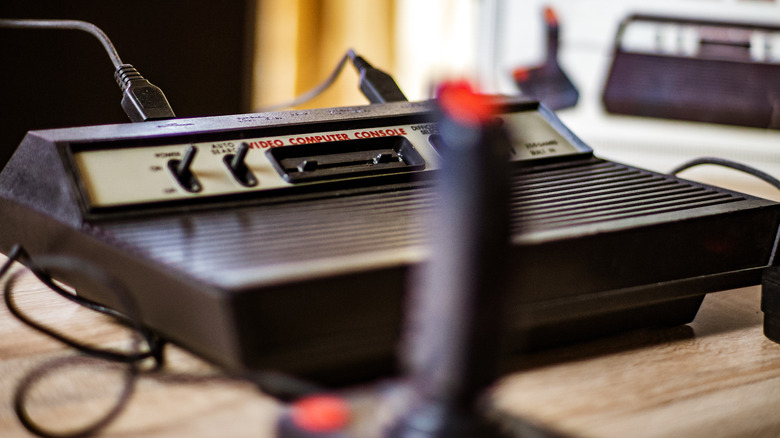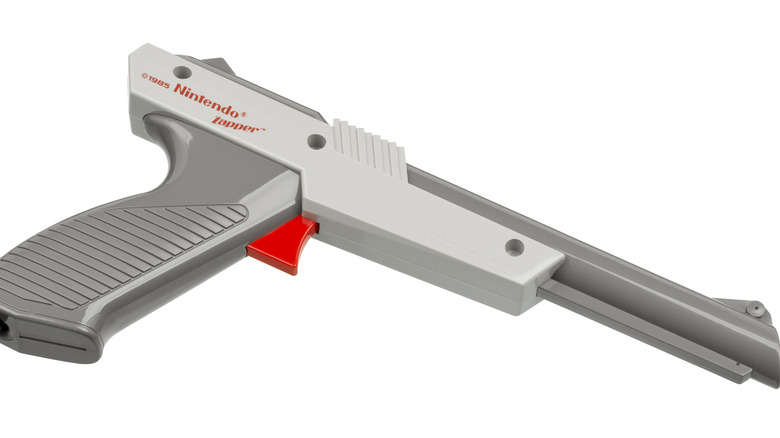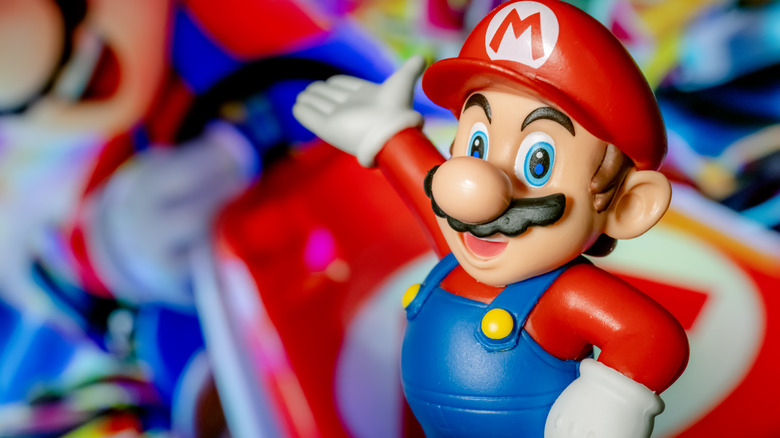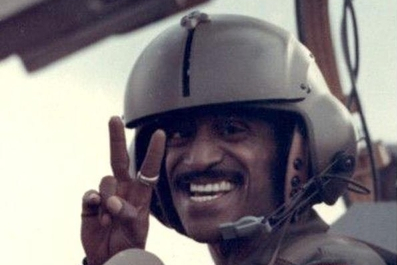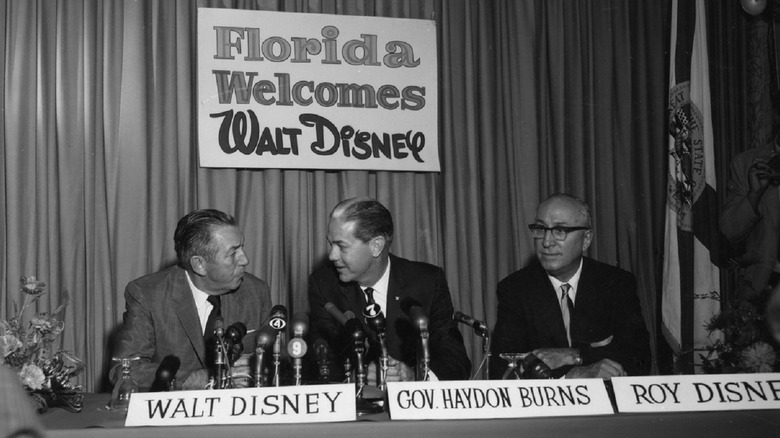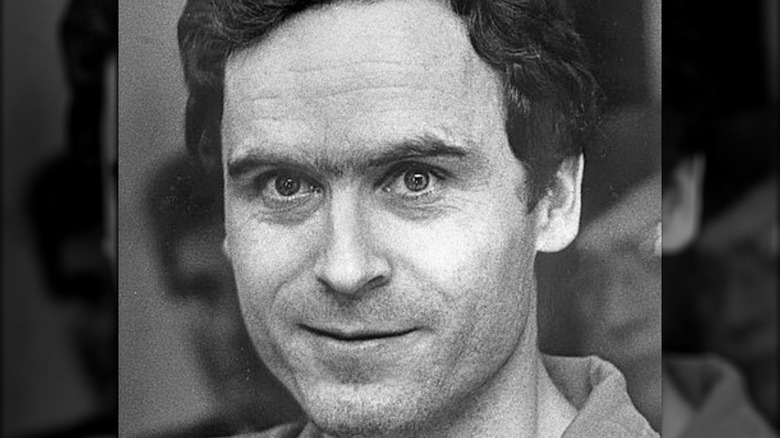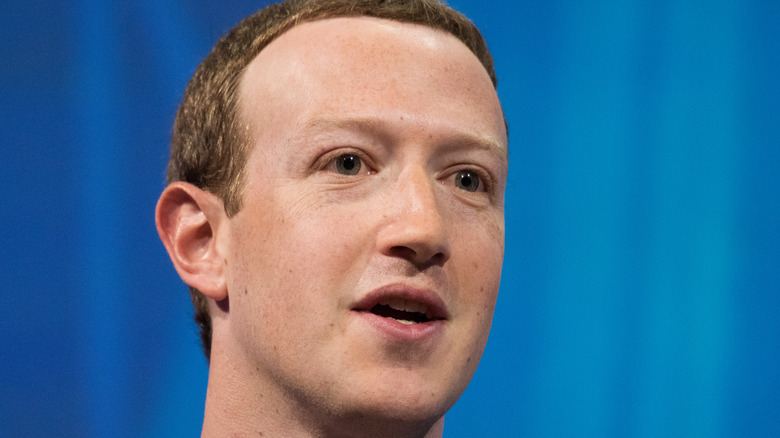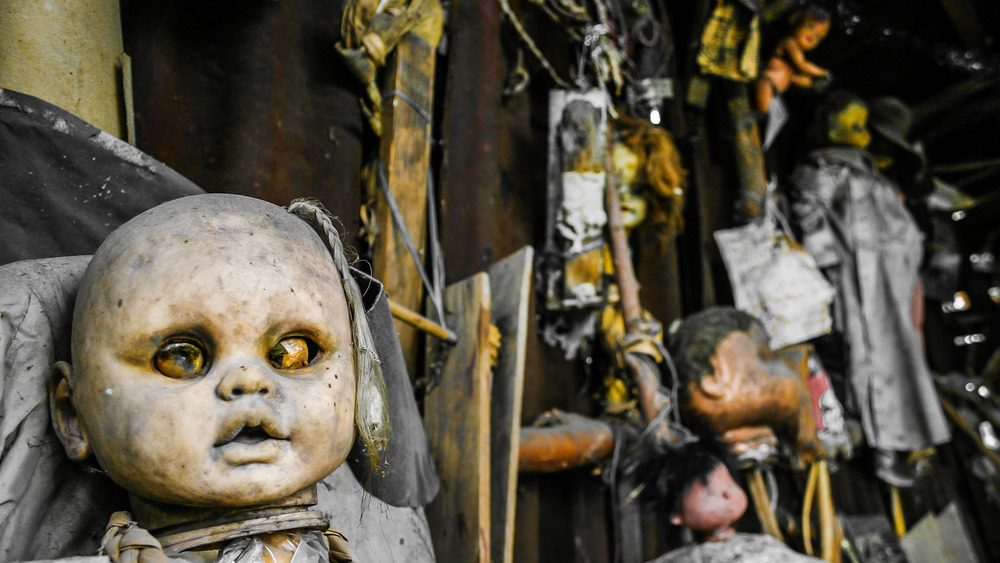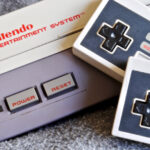
How The Original NES Almost Never Made It To The US
If you’ve never had the chance to simply pop in a cartridge, push a button, press start, and play a game in less than 5 seconds, we mourn for your loss. There’s a simplicity to older video game systems that reflects the simplicities of youth. Simpler mechanics, streamlined controllers, no cumbersome interfaces, no online connectivity, no passwords, no software updates, no downloads, no patches, no licensing agreements, and no vast networks of bullyish online communities and their incessant chatter. Just you and the game.
In the modern sense, we owe the relationship between games and gamers — and the entire art-tech-design industry of video games as a whole — to the landmark Nintendo Entertainment System (NES), which launched in the U.S. on October 18, 1985. No matter how the world of games has become — toxicity, crunch, scumbag CEOs who ignore sexual harassment in their midst, overly quick ramp-ups, their commensurate lay-offs once inevitably unreasonable sales estimates aren’t met, and manipulative microtransaction and “games as services” models. At its heart, there lives a simple joy of mythmaking and wonder. Video games, theater, literature, film, canvas art, dance, and more all perform this function.
But the NES very nearly didn’t happen. A “foreign” console from a country not yet known for its tech-savvy? A market in shambles because of consoles like the Atari 2600? A shift away from game-only devices to personal computers? The only reason the NES happened is because of grit mixed with ingenious design and marketing.
Atari, ColecoVision, and Intellivision tanked the market
By 1983, video game consoles like the Atari 2600, ColecoVision, and Intellivision had shattered American retailers’ and consumers’ confidence. The meteoric rise of the games industry led to greedy money grabs, slapdash software development, and terrible business choices that flooded the market with sub-par products and bad mojo. As IGN explains, stories like the now-legendary “E.T. the Extra-Terrestrial” (after the Spielberg movie) fiasco typify the era: Atari paid $20-$25 million for property rights that it developed into a piece of software in a mere six weeks, with no bug testing whatsoever. Unsurprisingly, about 3.5 million of the 4 million copies sold were returned. And now? We’ve got the for-reals Atari landfill in Alamogordo, New Mexico, where it dumped all of its unwanted cartridges and consoles and crushed them.
The same thing happened with Pac-Man. Atari developed a terribly ported version of the arcade game, thinking it would be a success. There were 10 million Ataris in households across the country, and the company ordered 12 million copies; they sold 7 million and left those customers completely unhappy. The game’s developers, pointedly, were (par for the course) severely overworked, underpaid, and not even allowed to have their names appear on products for fear of their talent being filched by competition.
On top of everything, anybody could develop a game for the Atari 2600, similar to Valve’s current, semi-curated attitude towards Steam. The ’80s market became a mess of broken, amateur software, and “video games” became two icky words.
Nintendo faced a huge uphill battle
At the same time as the U.S. video game market was crashing, the 1983-launched Famicom (short for “Family Computer”) in Japan was a smash hit. As Wired tells us, Nintendo President Hiroshi Yamauchi wanted to launch his family-owned company’s signature gaming machine abroad. Naturally, they faced a huge uphill battle, and the Famicom required an overhaul for penetration in the U.S. market.
The Famicom was designed to look like it played games: a red and white plastic chassis, hovercraft shape, controllers attached to the top like wings. The U.S., though, was steering towards all-in-one personal computers, and gaming-only machines looked like childish relics. So, Nintendo changed the Famicom’s color to gray and white, reshaped it like a VCR — complete with front-loading cartridge insertion — and gave it a mature name change: the “Nintendo Entertainment System.” Note the lack of the words “video game.” The NES was branded as an all-purpose entertainment device for the home, similar to what Microsoft tried with the Xbox 360. And its cartridges? They were “game paks,” as Ultimate Classic Rock says.
To capitalize on the “entertainment” aspect of the system, Nintendo built some clever peripherals. Enter the infrared-shooting Zapper gun (perfect for an American market) for use with games like “Duck Hunt” and R.O.B., the Robot Operating Buddy, which is an admittedly gimmicky but fun little robot dude who picks things up and serves as an overall TV interface. These helped the NES to distinguish itself from its predecessors.
A risky retail scheme pushed the NES out the door
Nintendo President Hiroshi Yamauchi wanted to strike right into the heart of what he saw as the toughest market in the U.S.: New York. The only problem? Hardly any retailers wanted to touch the NES. As Ultimate Classic Rock says, the console received negligible support at the Consumer Electronics Show in 1983 and 1985. Per Wired, racism played a shameful, disgusting part, as well. “You’re working for the Japs?” one security guard said as he helped unload systems into a store. “I hope you fall flat on your a**.”
And so, Nintendo of America — a subsidiary of the head company — decided to make a bold move. Minoru Arakawa, company head and President Yamauchi’s son-in-law, struck a deal with retailers. Rather than simply sell retailers a bunch of system bundles and rake in the profit, Arakawa told retailers they would only pay Nintendo for the consoles they sold. Nintendo would take back the rest and even go into stores and set up the displays. It was a no-risk move for retailers.
From its October 1985 launch through Christmas, the NES sold a respectable 90,000 units, per Ultimate Classic Rock. The only thing the system was missing was a “killer app,” which it got a year later in the form of “Super Mario Brothers.” By the end of 1986, 1.1 million systems had been sold, and by the end of the decade, 30% of all U.S. households owned an NES.

Where These Famous '70s Stars Are Buried

The Truth About Venezuela's Catatumbo Lightning
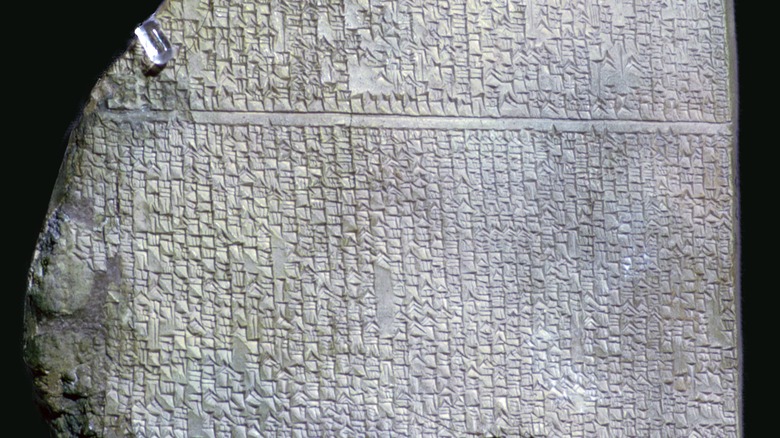
Gilgamesh Dream Tablet: The Untold Truth

The One Mistake Albert Einstein Wished He Never Made

Did The CIA Really Bug Princess Diana's Phone On The Night She Died?
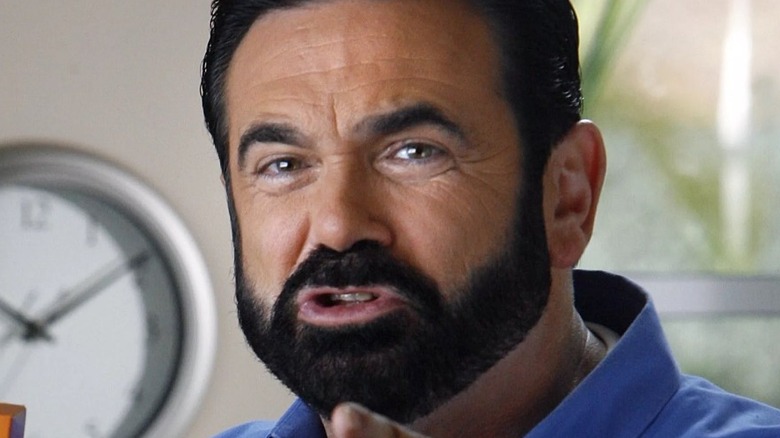
Disturbing Details Found In Billy Mays' Autopsy Report
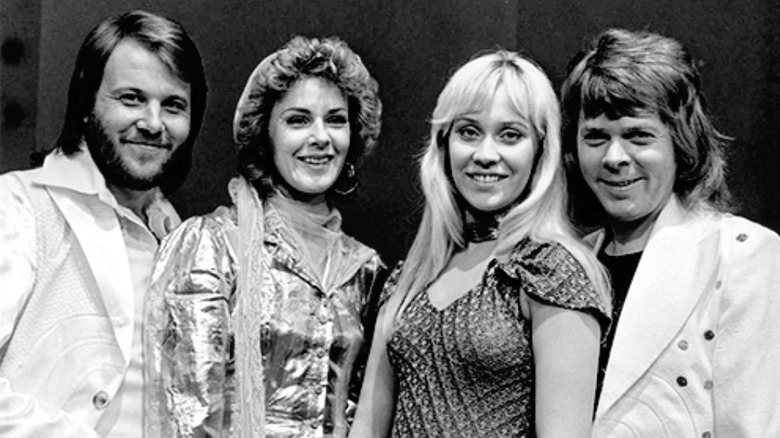
Here's How ABBA Essentially Pioneered Reality Entertainment

The CIA Plot Howard Hughes Was A Part Of

What Really Happens When A Presidential Pet Dies

If The Apocalypse Hits, This Is The Store People Are Heading To First
